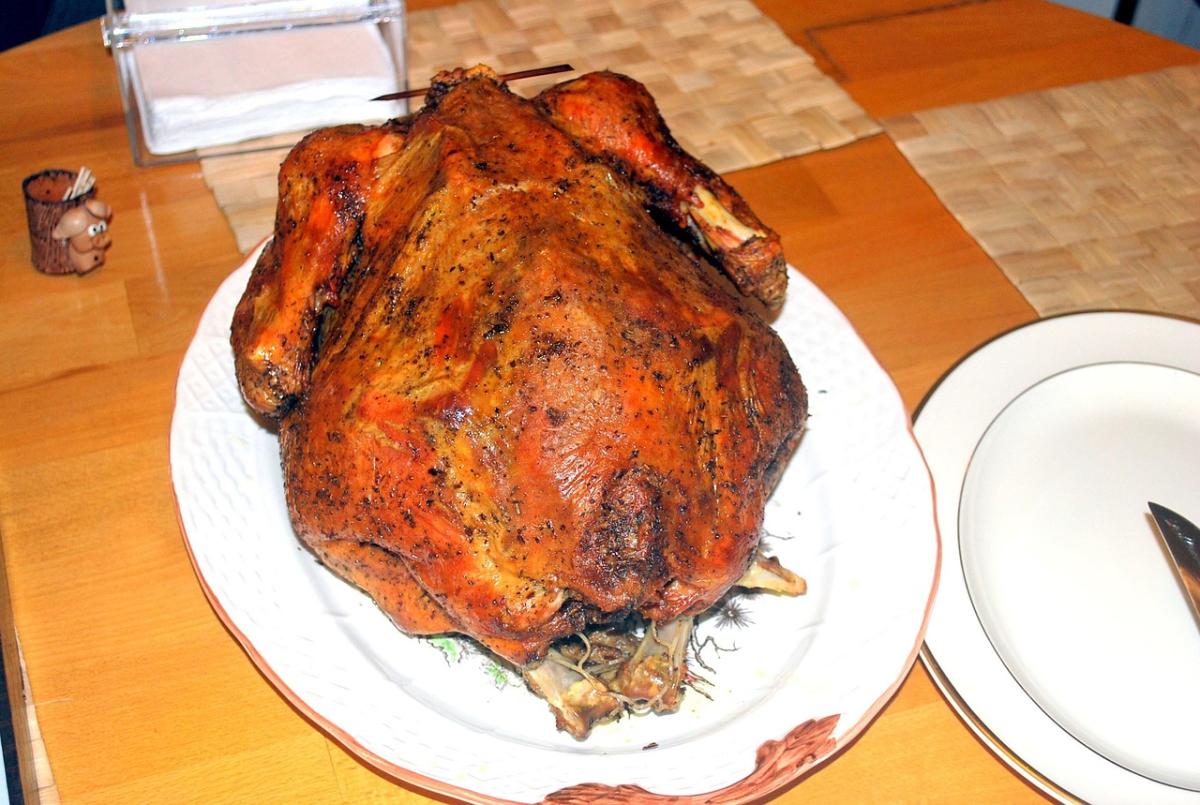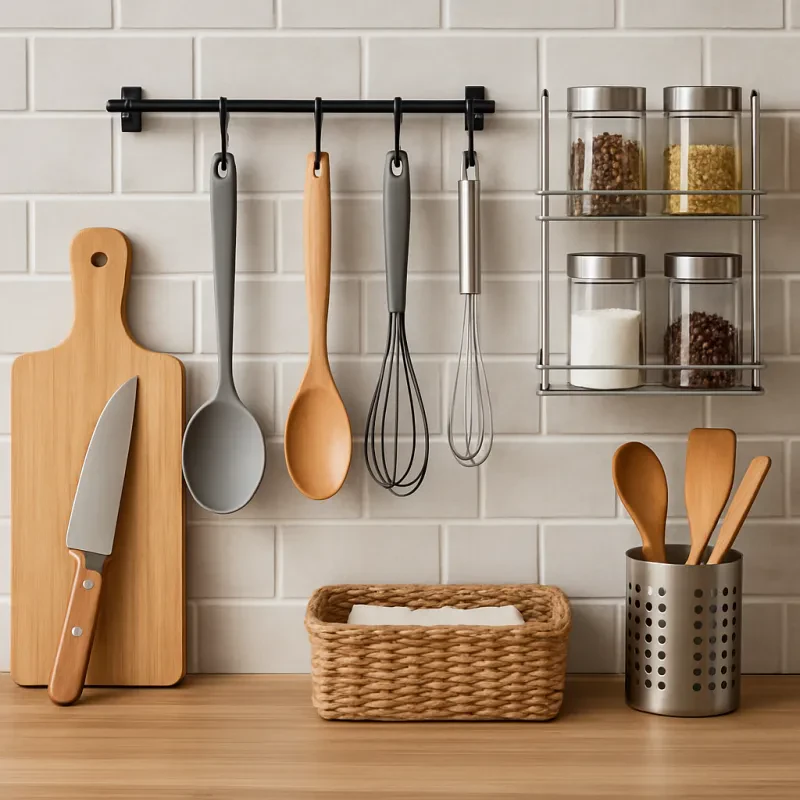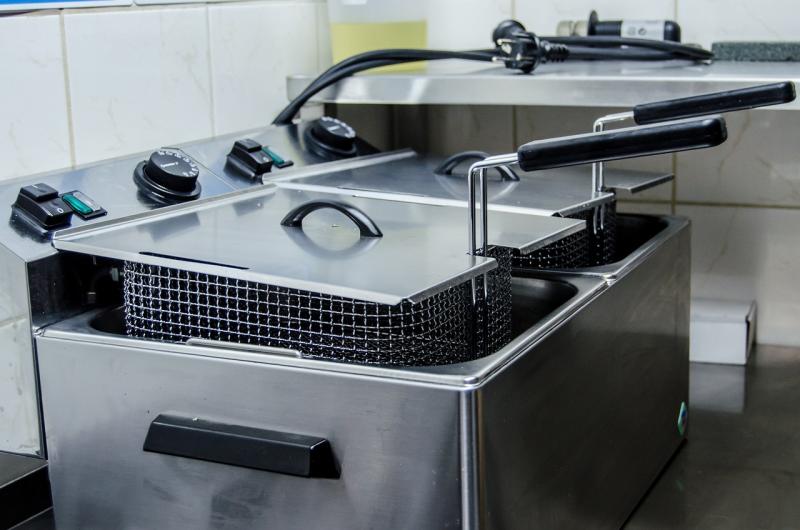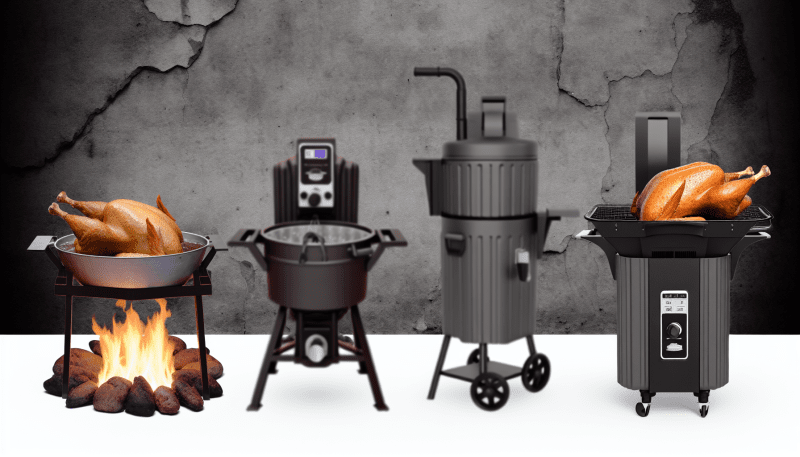Choosing the right fryer can make a big difference in your turkey frying experience. There are so many options out there, so let’s break it down to help you find the perfect one for you.
First, think about the size of your turkey and how many people you’re feeding. You want a fryer that can handle the weight. A good rule of thumb is to choose a fryer that can cook at least 14 pounds for a medium-sized turkey. If you're feeding a crowd, look for models that can handle up to 20 pounds or more.
Next, consider the type of fryer. There are traditional propane fryers that give you that classic outdoor frying experience and electric fryers that make everything a bit easier. Propane fryers usually have a larger cooking capacity, while electric ones are safer and often easier to use. If you’re new to frying, an electric fryer might just be your best friend.
Don't forget about safety features. Look for fryers with a sturdy build and safety shut-off features. Some come with temperature control settings, which help prevent overheating. A good fryer should also have a protective lid to minimize splatter and a secure base to prevent any tipping over.
Finally, think about ease of cleanup. Some fryers come with removable parts that are dishwasher safe, making post-frying cleanup a breeze. If you really want to enjoy your turkey without the hassle, go for a fryer that prioritizes easy maintenance.
Prep Your Turkey for Success
Getting your turkey ready for frying is super important if you want that golden, crispy skin and juicy meat. First things first, make sure your turkey is completely thawed. A frozen turkey and hot oil don’t mix well! Plan ahead and give yourself enough time for the thawing process, which can take a few days in the fridge.
Next up is brining. It’s a simple but effective way to add flavor and moisture. A basic brine consists of water, salt, and some seasonings. Let the turkey soak in the brine for at least 12 hours before frying. It’s a game changer when it comes to taste!
Prep your turkey by removing any giblets or neck pieces inside the cavity. Rinse it well and pat it dry with paper towels. This step is crucial because any leftover moisture can cause the oil to splatter, which is definitely something you want to avoid. If you really want to impress, consider injecting your turkey with a marinade. This can give you an extra flavor boost where it counts!
Season the outside of your turkey just before frying. Keep it simple with salt, pepper, and your favorite spices. Don’t go overboard, as you want the natural turkey flavor to shine through. You can rub the seasoning under the skin for deeper flavor, but make sure you do it gently to keep the skin intact.
Finally, think about your frying setup. Make sure you have everything you need within arm’s reach. This includes your frying pot, oil, and a trusty thermometer to keep tabs on the oil temperature. Keeping your space clean and organized will help everything go smoothly when it's time to fry!
Master the Frying Process
Getting the frying process just right is key to achieving that juicy, crispy turkey everyone raves about. Start by choosing the right oil. Peanut oil is a favorite because it has a high smoke point, meaning it won’t break down and ruin your turkey. Make sure you have enough oil to completely submerge your bird — usually around 3-5 gallons, depending on your fryer.
Prep your turkey before you hit that fry button. Thaw it completely and remove any giblets. Pat it dry with paper towels; moisture and hot oil are not friends. Season it well ahead of time, but avoid marinades that can make it wet. A simple rub of salt, pepper, and your favorite spices does wonders!
When it’s time to fry, heat the oil to about 350°F. Use a thermometer to keep an eye on the temperature, as it can fluctuate. Carefully lower the turkey into the oil using a hook or basket. Drop it in slowly to prevent any dangerous splatter. Frying usually takes about 3-4 minutes per pound. Keep a close watch and resist the urge to open the fryer too often — that can drop the temperature and affect the outcome.
Once your turkey is golden brown, it's important to let it rest. Carefully lift it out and let it drain on a rack or paper towels. This helps keep the skin crispy and the meat juicy. Resting for about 20-30 minutes before carving lets those delicious juices redistribute. After that, you’re all set for a drool-worthy feast!
Safety Tips for a Worry-Free Fry
Frying a turkey can be a delicious adventure, but safety should always come first. Here are some simple tips to keep everything running smoothly while you fry up that festive feast.
First, make sure to do your frying outside. This helps you avoid any indoor mishaps, like greasy smoke or clogged smoke detectors. Choose a flat, stable surface that’s away from anything flammable, like wooden decks or crowded patios. Keep kids and pets at a safe distance, too! Better to be safe than sorry.
Before you even start, check your turkey for moisture. If it’s still wet, it can lead to a dangerous oil explosion when you drop it in. You want to dry it well using paper towels. Weigh it to ensure you have the right frying pot size—too small and you risk overflows. Use a pot that holds at least 5 gallons of oil but is big enough to keep the turkey submerged safely.
Always use the right oil. Peanut oil is popular because it has a high smoke point and doesn’t absorb flavors. Invest in a thermometer so you can keep an eye on the oil’s temperature. The sweet spot is usually around 350°F to 375°F. Too hot, and you could burn your turkey; too cold, and you’ll end up with a soggy mess.
Keep a fire extinguisher nearby just in case things get a little too spicy. If oil starts to smoke, turn off the burner immediately. Don't ever throw water on an oil fire—use a fire extinguisher designed for such situations. Stay alert and enjoy your frying experience!



